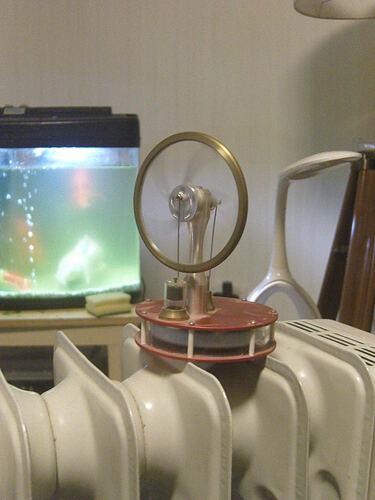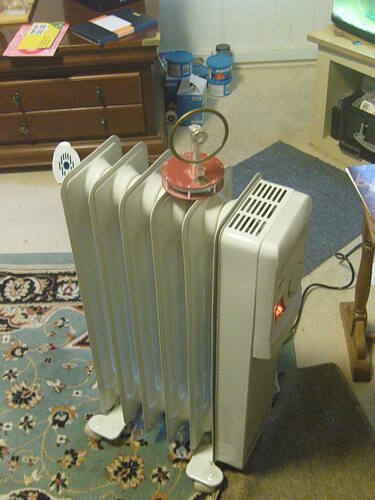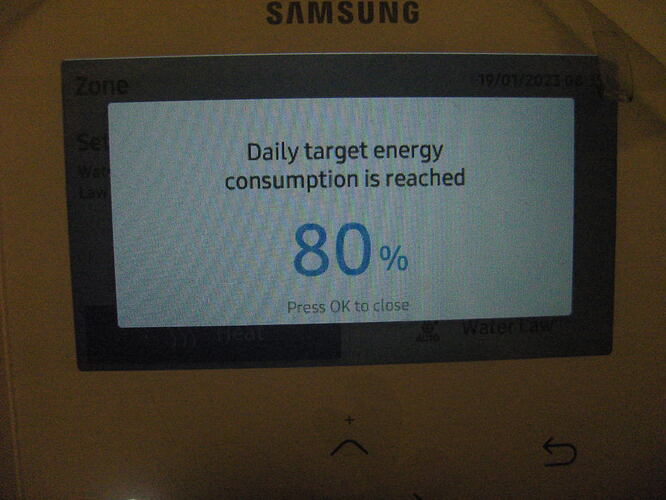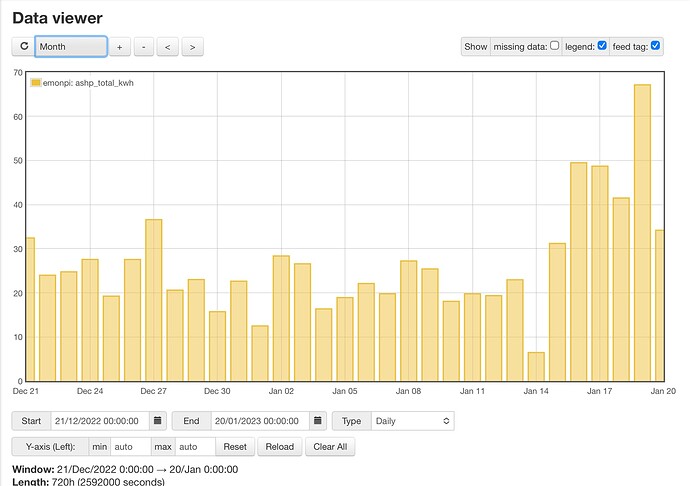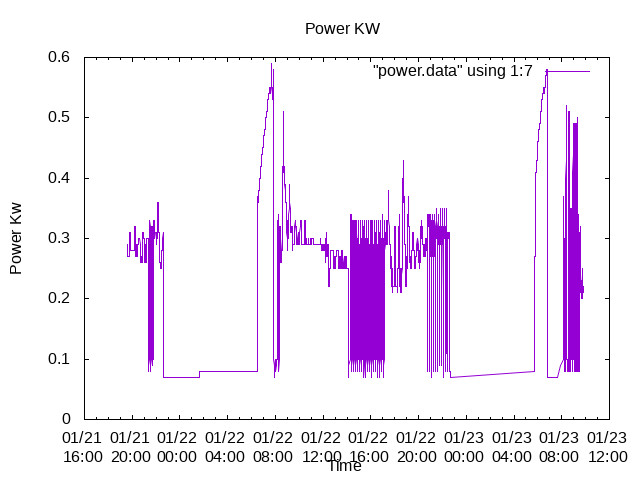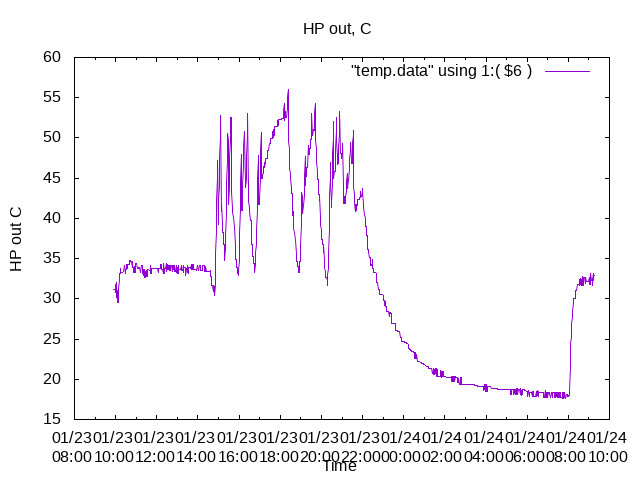Hi Colin,
Nice to hear from someone nearby!
Samsung’s Overconsumption Warnings
I fully appreciate the meaning of these Consumption Warnings!
My Point is rather, Why has Samsung has these built these warnings into it’s software?
Samsung seems to “expect” overconsumption.
Taken together with the Overconsumption warnings , the Samsung is equipped with five other controls limiting or curtailing Power Consumption.
Samsung expect , on balance, the user to experience overconsumption!
For Samsung users, Field controls , 5041,5042, 5043 specifically control overconscientious by switching the Heat Pump OFF when a specific consumption is reached.
Consequently, I am convinced that Samsung fully expects the user to have problems with Heating , and paying for their “overconsumption”.
This overconsumption expectation should have been explained before the Heat Pump was installed.
I do not doubt that all other Heat Pump makers have the same expectation!
My Heat requirements, “calculated” on the basis of a lowest temperature of -3 C , using an unrealistic estimated Conductance (KW per degree per square meter ) were inaccurate.
I have measured my living room conductance at 78 Watts per degree, giving a total heat room conductance of 1.64 Kw .when the external temperature is Zero and a required room temperature o
21 C.
If 1.64 Kw were consumed each hour for 24 hours I would consume 1.64 X 24 = 39,4 KWh.
My Samsung heat pump proudly displays that it has generated 35 Kwh in these circumstances.
I am, now, in negative Energy Equity.
I must improve my Thermal insulation.
Given that I, like yourself , live in Scotland , where the lowest temperatures locally is about -8 C, My Energy balance would be a 54 Kwh demand with a supply of circa 30 kwh. Negative Energy Equity!
I have, experimentally, reduced my thermostat settings to 12 C , 14 C and currently 16 C to limit the overconsumption , but , I am am now, as you say , unable to achieve a reasonable room temperature before 8 pm when starting Heat pumping from 8 am.
I cannot, now, achieve a balance between Consumption and room temperature.
I currently use a oil filled Electric Heater, with Sterling Engine on top , to speed up heating , and hopefully , humorously, display my energy usage.
My “installer” has now been struck OFF for the second time by NIC,RECC and the MCS.
ian
1.6 Kw
